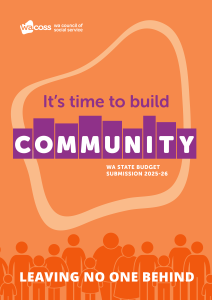Joint Submission on an Independent Oversight System for the Child Safe Principles
The Department of Premier and Cabinet has invited peak bodies representing organisations likely to be engaged in child-related work to consider existing policy proposals related to the implementation of an independent oversight system for the Child Safe Principles.
YACWA and WACOSS discussed the issue with the members of the Children’s Policy Advisory Council at their December meeting, sought their views on the policy options shared with the sector to date, and got their input, feedback and support for this brief submission. This brevity reflects the timing at which input was sought, the timeframe for consultation and feedback, and the lack of detail made available to the sector to date to allow it to assess oversight options and proposals.
We have raised a number of concerns below with the intent to try to offer some constructive criticism as a basis to work with and across sectors to develop an effective policy response on this issue of critical importance to our community – the safety of our children and young people and the prevention of harm and abuse.
Key Gaps in Policy Proposal
Given the significant time period for the work done to date, and the extensive consultation completed via the Joint Standing Committee on the Commissioner for Children and Young People’s ‘Inquiry into the Monitoring and Enforcing of Child Safe Standards’ there is a concerning lack of detail and clarity in the policy proposal in a number of key areas.
This includes:
- Who will be taking on the role of the overarching Independent Oversight Body, how they will be resourced to do so and what frameworks will guide their work.
- How the proposed co-regulatory model will work (definition, uniform/flexible standards, capacity, powers, scope etc).
- Which current regulators are committing to co-regulation, and what this will mean for funded and/or regulated (but not funded) organisations.
- How agencies responsible for key systems engaging with young people (Dept of Justice, Communities, Health etc.) will be managed as part of this process and whether they will be excluded from becoming co-regulators to maintain independence of the oversight system, a crucial factor in its effectiveness, ability to maintain trust/buy-in.
- How capability building will be resourced and delivered to different sectors.
- If Peak Bodies will be relied upon to deliver capacity building and whether they will be resourced to do so.
- How unfunded/small organisations will be resourced to enable the capacity required to adhere to the Child Safe Standards.
- How the interaction between a central oversight body and possible co-regulation by current regulators/funders will work in practice.
Other Points of Concern
- It is a significant task to engage voluntary community-based organisations to ensure there is clarity about who is responsible and how child safety standards will work in practice. This will require dedicated planning, frameworks and funding to be effective.
- These organisations are also potentially places where children are at high risk, including some where there has been a history of abuse (e.g. scouts, religious organisations).
- How will the State Government address the capability gap for smaller, regional orgs, ACCOs, CALD services … etc who will require support to implement the standards appropriately.
- Many community sector peaks now lack capacity to deliver training & support to their sectors, as this has been defunded over the last decade and sector-funded services have become unviable.
- The viability of the model currently proposed will be hard to assess until more detail and direction from the State Government becomes available.
- Its success is dependent on many levels of responsibility, and some proposed co-regulators both fund and directly deliver services – creating challenges for governance and independence of oversight with potential for a conflict of interest.
- Governance, capability and resources across existing regulators and funders is patchy.
- Issues may arise in regard to the overlap between the capability building and oversight roles – those needing support to develop policy and build capability may be reluctant to seek help and expose risks to their co-regulatory body.
Initial Recommendations
- Announce who is the central coordinating body, what powers and resources they will have to perform their role.
- Announce who are co-regulatory bodies, what commitments they are making, what their role will be, what resources they will be receiving and what guidelines they will follow.
- Provide clarity on how the central regulator and co-regulatory bodies will work together in practice, and how complaints, issues of concern and compliance will be dealt with.
- Provide clarity on how agencies responsible for delivering critical services engaging with children and young people (Dept of Justice, Communities, Health etc.) who are also funders of child and family services will themselves be regulated. It may be inappropriate for them to be co-regulators if this means they are also self-regulating and we are concerned it may engender a lack of trust in the oversight system.
- Provide clarity on the framework for the capability building approach as it applies to community service organisations (including youth services, ACCOs, CaLD services, family & children’s services and adult services where children may be present) together with what resources will be available and how it will be provided (e.g. by Peaks, co-regulators, or others).
- Commit resources to enable capability building for organisations who are likely to lack capacity and will face significant challenges implementing child safe standards (e.g. smaller, regional organisations, volunteer initiatives, ACCOs, CALD services etc) to ensure implementation of the Child Safe Standards are not watered down and organisations do not face overburdening and/or undue penalties for being unable comply due to circumstances outside of their control.
The Way Forward
We are concerned that organisations will not be able to provide adequate/informed feedback through this process due to:
- The lack of detail and clarity in the proposals put forward thus far.
- The short timeframe for feedback, given little progress in the 5 years since discussion of an Independent Oversight System commenced.
- Feedback being sought over Christmas at a point where organisations are stretched to complete projects and key staff may be on leave.
However, we are not seeking to extend the current consultation period, given that we are being engaged to respond to inadequate information and hence unable to provide a meaningful response. We would rather that comprehensive consultations take place once a clearer proposal has been developed.
We believe that there is a need to engage with and advocate to relevant Ministers to acquire more clarity and direction over the key components of the Independent Oversight System. This is a significant commitment that appears to have lacked the policy priority that it requires, in line with commitments made in other jurisdictions. The direction should be informed by the Monitoring and Enforcing Child Safe Systems Inquiry and other independent oversight systems that have been developed and implemented to date.
There is a need to develop a more substantial proposal with enhanced detail and clarity on the model, including potential options for structure and investment that the State Government can consider and is willing to commit to. When this clarity and detail has been developed and negotiated, there is then a need to provide the revised model to the sector for a reasonable consultation period and undertake sector engagement activities including briefing sessions and consultation workshops in order to allow the community sector to give more informed feedback.
We would like to see more specific detail on the key areas of concern listed above, including:
- Clarity on the nature of co-regulation (structure, eligibility, resourcing), which current regulators will be committing to co-regulation and whether agencies responsible for service delivery involving children and young people will be prevented from self-regulating.
- Clarity on the mechanism by which co-regulation and compliance will be implemented for different sectors – including changes to existing legislation or regulations, accreditation and oversight processes, funding contracts and quality standards.
- Clarify who the overarching Independent Oversight Body will be, including their powers and key functions.
- Clarity on the capability building approach as it applies to community service organisations, including how smaller, unfunded and volunteer organisations will be resourced to understand, implement, maintain and monitor the Child Safe Standards.
- Clarify how non-funded or voluntary orgaisations who are not covered by existing agency procurement and reporting processes (including Federally funded agencies) will be regulated and evaluated on their implementation of the Standards (as compared to funded organisations) to ensure uniform adherence to the Standards across the entire service system.
- Clarity on who will be engaged and what resources will be able to deliver training and capacity building? Will this be the responsibility of the Peak Bodies, co-regulators, or others?
For any enquiries about this submission please contact Rachel Siewert, Deputy CEO, via [email protected], 08 6381 5300.




